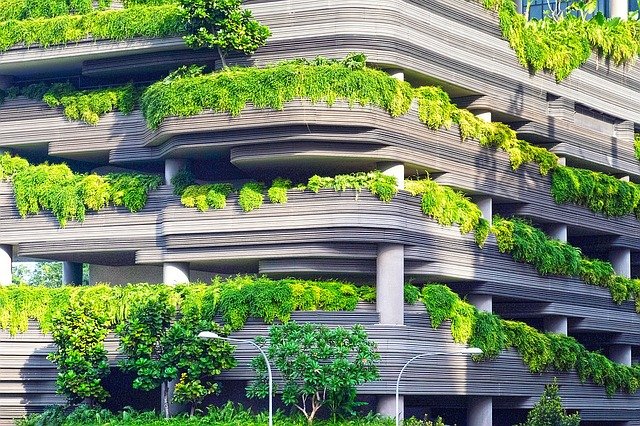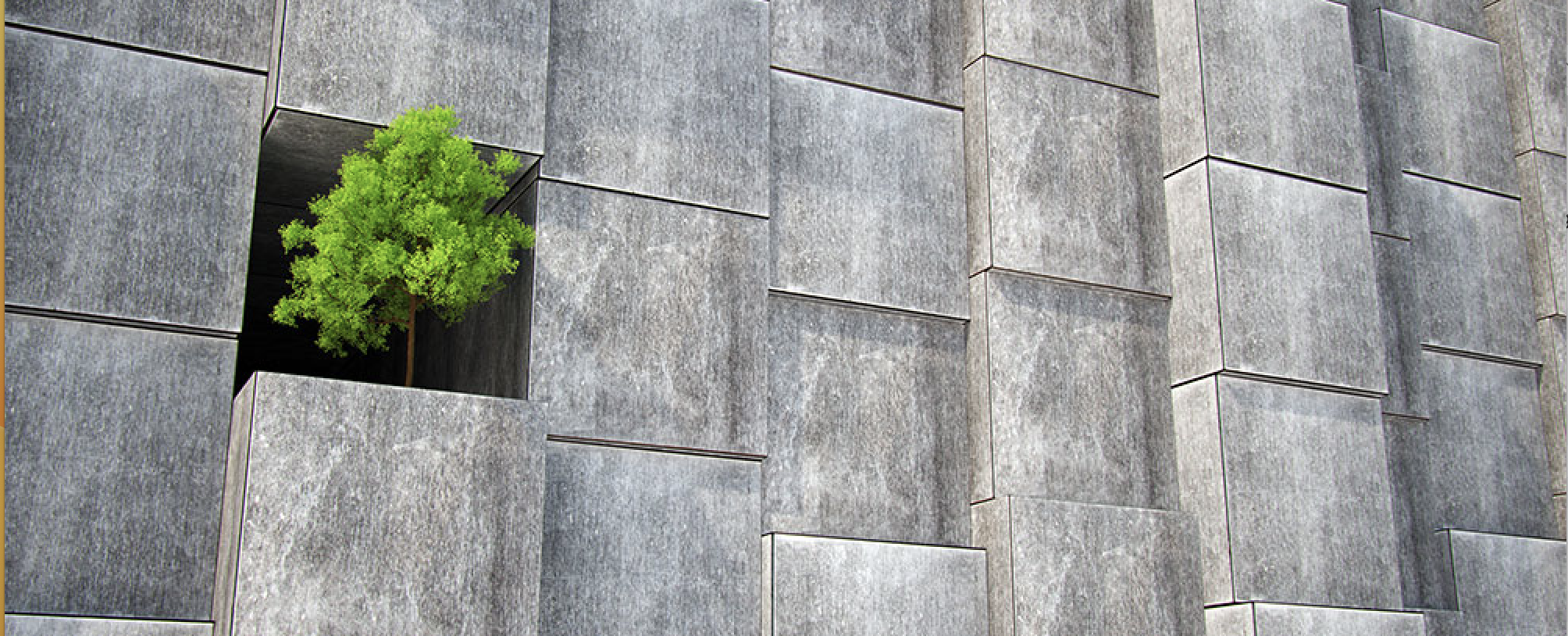
When you think of concrete, you probably picture tall buildings, bridges, or pavements. It’s the backbone of modern construction, strong, reliable, and everywhere around us. But what most people don’t know is that traditional concrete also comes with a heavy environmental cost.
In fact, producing cement (the main ingredient in concrete) is responsible for around 7–8% of global CO₂ emissions, more than the entire aviation industry combined.
That’s where green concrete comes in.
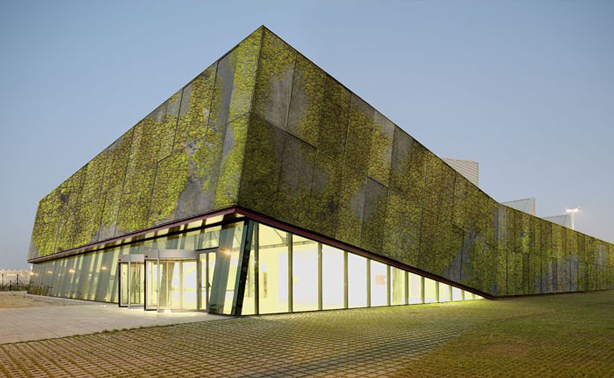
What is Green Concrete?
“Green concrete” doesn’t mean the concrete is literally green in colour. Instead, it refers to concrete that’s designed to be more environmentally friendly. It’s about making concrete that still does its job, being strong and durable, but with a lower carbon footprint.
Engineers and researchers achieve this by changing the way concrete is made, what it’s made from, or even how it’s cured.
How is Green Concrete Made?
There isn’t just one formula for green concrete, as different approaches are used to reduce its environmental impact.
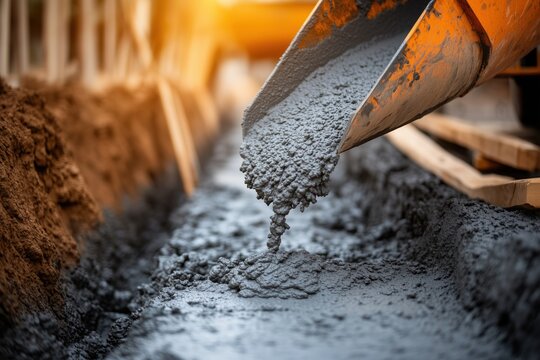
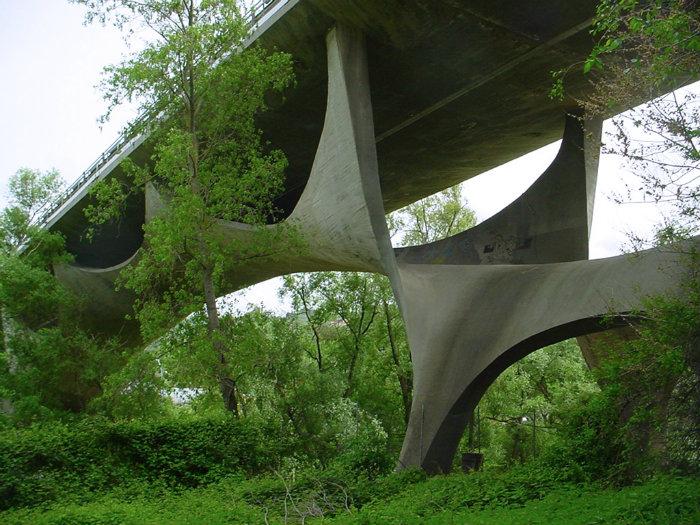
Why is Green Concrete Important?
Real-World Impact
Some pioneering projects have already shown the potential of green concrete. From office towers to highways, builders are proving that construction doesn’t need to come at the cost of the planet. With innovations scaling up, green concrete could soon become the new normal in building materials.
Conclusion
Concrete is here to stay, our cities and infrastructure rely on it, but the way we make it doesn’t have to stay the same. Green concrete is a step towards cutting emissions, reusing waste, and building sustainably.
The next time you walk past a building site, remember: the future of construction might not just be about building bigger, but building greener.
